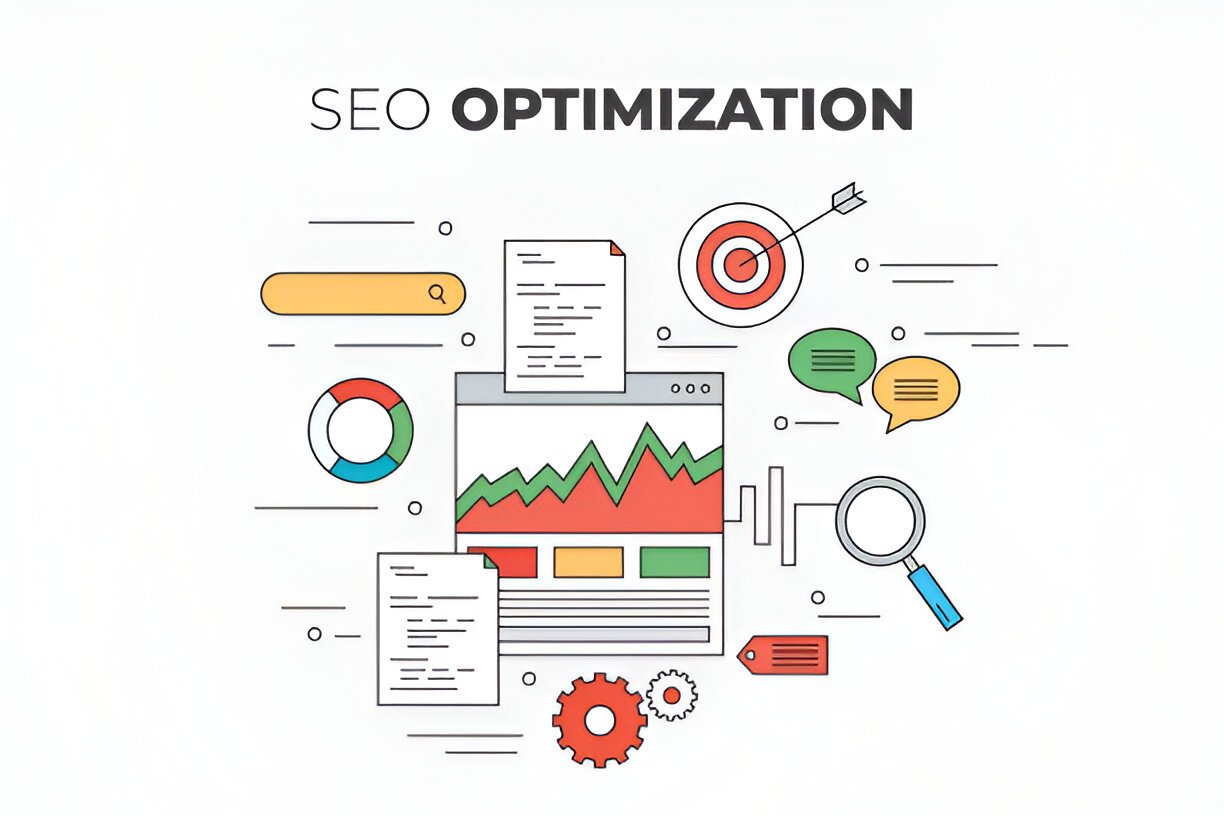In today’s digital landscape, having a website is not enough; it needs to be visible to your target audience. Search Engine Optimization (SEO) is the key to enhancing your website’s visibility, attracting more visitors, and driving business growth. Whether you’re a beginner or looking to refine your SEO strategy, these ten essential SEO tips will help you boost your website’s visibility and rank higher on search engines.
1. Conduct Thorough Keyword Research
Keyword research is the cornerstone of any successful SEO strategy. Identify the terms your target audience is using to search for products or services like yours. Start by brainstorming potential keywords, then use tools like Google Keyword Planner, Ahrefs, or SEMrush to find related keywords and their search volumes. Focus on a mix of short-tail and long-tail keywords to attract qualified traffic. Incorporate these keywords naturally into your content, meta tags, and URLs. These foundational SEO tips are crucial for your overall strategy.
2. Optimize On-Page Elements
On-page SEO involves optimizing individual pages to improve their search engine rankings. Key elements include:
- Title Tags: Keep them concise and include your primary keyword (under 60 characters).
- Meta Descriptions: Write compelling summaries that incorporate relevant keywords to influence click-through rates.
- Headings: Use structured headings (H1, H2, H3) to enhance readability and include target keywords.
- URL Structure: Create clean, descriptive URLs that reflect your content and include keywords.
Implementing these SEO tips ensures your pages are well-optimized.
3. Create High-Quality, Engaging Content
Content is king in the world of SEO. High-quality, engaging content attracts visitors and keeps them on your site longer, which reduces bounce rates. Address user intent, use various content types (like videos and infographics), and update your content regularly to keep it fresh and relevant. Following these SEO tips will enhance user experience and site authority.
4. Improve Website Speed and Performance
Website speed is a critical ranking factor. Use tools like Google PageSpeed Insights to assess performance. To improve speed, optimize images, minimize HTTP requests, enable browser caching, and consider using a Content Delivery Network (CDN) to distribute content more efficiently. Speed is one of those often-overlooked SEO tips that can significantly impact user satisfaction.
5. Ensure Mobile-Friendliness
With more than half of global web traffic coming from mobile devices, having a mobile-friendly website is essential. Implement responsive design, simplify navigation for smaller screens, and regularly test your site across different devices to ensure a consistent experience. These SEO tips help ensure you’re accessible to all users.
6. Build High-Quality Backlinks
Backlinks are vital for establishing your site’s authority. Create shareable content, engage in guest blogging, and connect with influencers in your niche to earn quality backlinks. Use tools like Ahrefs to monitor your backlinks and disavow any low-quality links. This is one of the most powerful SEO tips you can follow.
7. Optimize for Local SEO
For businesses with a physical location, local SEO is crucial. Claim your Google My Business listing, use local keywords in your content, build local citations, and create location-specific content to attract local traffic. These SEO tips can help you dominate local search results.
8. Utilize Internal Linking
Internal linking helps search engines understand your site structure. Use descriptive anchor text, link to relevant content, and update older content with new links to improve connectivity throughout your site. This practice is one of the practical SEO tips that can boost your site’s authority.
9. Optimize for Voice Search
With the rise of voice search, optimizing for this trend can capture a growing audience. Use natural language, target long-tail keywords, and structure your content to provide clear, direct answers to common questions. These SEO tips prepare you for the future of search.
10. Monitor and Analyze Your SEO Performance
SEO is an ongoing process. Regularly monitor your performance using tools like Google Analytics and Google Search Console. Track key metrics such as organic traffic, bounce rates, keyword rankings, and conversion rates to refine your SEO strategy continuously. These SEO tips will help you make data-driven decisions.
Boosting your website’s visibility through SEO requires a combination of technical optimization, high-quality content, and ongoing analysis. By following these ten essential SEO tips, you can enhance your website’s search engine rankings, attract more visitors, and ultimately drive business growth. Remember, SEO is a long-term investment, and consistent effort is key to achieving lasting results.

